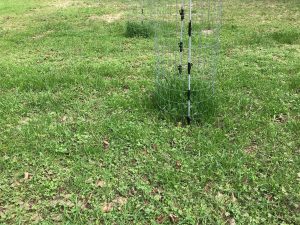That’s not how they do it in Iowa!
When we talk about white-tailed deer management, we often look to the states that have monster deer like Iowa, Illinois, and Ohio. Those states grow 200 plus inch bucks. It’s amazing to see for sure. But this is Florida and we can’t effectively manage deer the same way. Actually, in Florida, we can’t even manage deer the same across the state. This is why we have 12 deer management units. So, what are the reasons we can’t manage deer the same?
- Habitat
- Plant hardiness and climate
- Rut timing
Deer are highly adaptable to habitats. They can be found in almost every state in the US. The native vegetation is very different in Northwest Florida versus Iowa or Illinois. Deer are eating different diets depending on the habitat they are residing in. Bedding areas will vary also. This affects the body size, antler growth, and fawning rates for deer.
We can grow food plots to supplement deer diets but those will look a little different too. For example, clovers and cereal grains are normally frost seeded in late winter or planted in the spring in parts of the country that actually experience winter. In Northwest Florida, we plant clovers and cereal grains in the fall.
Finally, rut timing is a key part of deer nutrition management. In Northwest Florida, the rut (deer breeding season) is happening now. In other parts of the country such as Iowa, they are shed hunting already because their rut happens in November.
So, given these reasons, we do things a little differently here. We plant cool season food plots in the fall. These act as attractants to draw deer in during hunting season. Then our summers are when the deer need more nutrition for antler growth and fawn rearing. Warm season food plots should focus on supplying adequate crude protein and energy for this increased demand period.
For more information on cool season food plots, you can view this video or read A Walk on The Wild Side: 2022 Cool-Season Forage Recommendations for Wildlife Food Plots in North Florida.
For more information on warm season food plots, you can read Warm Season Food Plots for White-tailed Deer.
As always, for more help on managing deer food plots, contact your local extension agent.
- Killer Turkey Food Plot - January 31, 2025
- Common Wildlife Food Plot Mistakes - November 8, 2024
- Seasonality of Prescribed Burning Workshop - February 23, 2024

